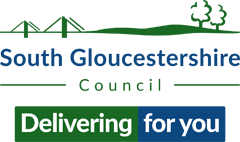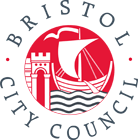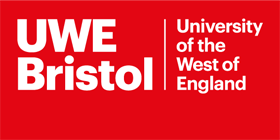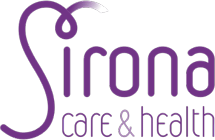City Know how: Walkabout with photography – improving migrant children’s opportunities
- 10th August 2023
Neighbourhood walkabouts with photography can serve as an accessible platform for communication and advocacy.They can help decision-makers more effectively hear the voices of disadvantaged and marginalised communities.
For the attention of
City planners. Those responsible for parks, housing, transport, and neighbourhoods/community. Local education departments. Child health and public health practitioners and policymakers.
The problem
Young children need opportunities for play, social interaction and physical activity for their health and development. Migrants from cultures where “it takes a village to raise a child” may experience challenges bringing up children in less familiar and non-traditional urban environments. This is especially so without their usual supportive social networks. Their children have greater risk of adverse development and poor health. Local services and environments can help improve educational, health and social outcomes. However, methods for accessing and consulting on city services are often inequitable, disadvantaging migrants.
What was done and why
Walkabouts and photography were used to explore local environments’ opportunities for children’s play, physical activity, social interaction, and healthy eating. Small groups of local people, city and voluntary sector stakeholders, and researchers discussed and photographed environmental features – as they walked. Including children made the process more enjoyable and relevant. Findings were presented at public events –photo-exhibitions – to promote dialogue between community members and wider stakeholders and identify priorities for action.
What this study adds
Participants were able to describe, demonstrate and debate environments considered positive, negative, and offering opportunities for improvement, while walking and at subsequent public events.
This approach shared knowledge, helped develop shared priorities and built relationships within and between communities and wider stakeholders. The energy and political engagement from this process contributed to bids for ‘Community Interest Levy’ (CIL) funding to improve local parks. Involving children and providing food helped bring people together and contributed to constructive discussions.
Implications for city policy and practice
Walkabouts with photography may be low-cost, effective methods to engaging minority ethnic and migrant communities in shaping change in their neighbourhood environments. It can empower local change, and facilitate effective, equitable service delivery.
Where there are municipal or other resources for improvements in local environments (Community Interest Levy in this case); processes (such as the one described) can establish and direct local priorities.
Full research article
Improving children’s opportunities for play, physical activity, and social interaction through neighbourhood walkabout and photography in Bristol, UK by Tom Allport, Marcus Grant & Vanessa Er.
About City Know-how
Bristol Health Partners’ SHINE Health Integration Team (HIT) is a network partner for the Cities & Health journal, published by Routledge.
SHINE HIT, which supports healthy and inclusive neighbourhoods for people, publishes regular, bite-sized ‘City Know-How’ updates to help translate research knowledge into policy and practice. Find out more about the City Know-How series.






